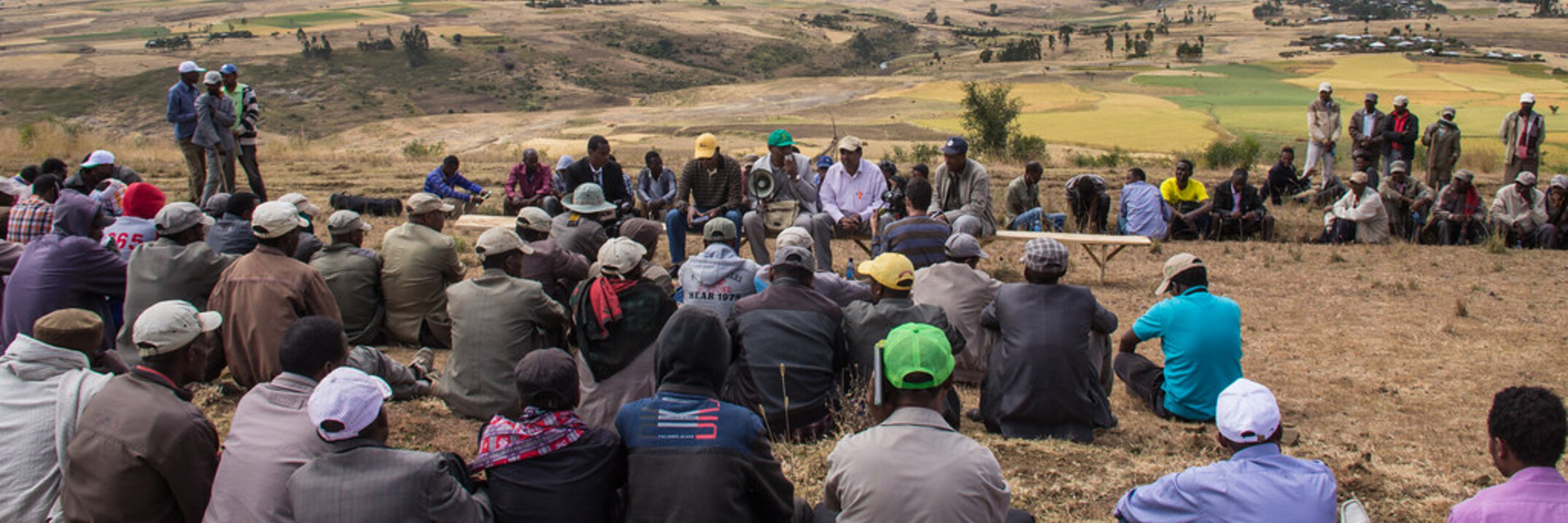Food legumes comprise all legumes grown for human food in China as either dry grains or
vegetables, except for soybean and groundnut. China has a vast territory with complex
ecological conditions. Rotation, intercropping, and mixed cropping involving...


